This monograph of wet-on-wet watercolor paintings features dynamic urban scenes in which light operates without conventional logic: “Broad swaths of light sweep and swoop down and across and up and away,” lending skyscrapers, bridges, and monuments “a friendly but fierce and almost otherworldly energy.” The artist’s loose, gestural approach offers a refreshing departure from the rigid linear representations that typically characterize urban landscapes. LePan’s “mind’s-eye painting” philosophy—in which visual perception mingles freely with emotion and memory—is reminiscent of artists like David Hockney, Raoul Dufy, and Oskar Kokoschka. The approach yields consistently vibrant results; outstanding examples include his breakthrough Chicago (1994), in which the Sears Tower and Merchandise Mart pulse with raw metropolitan energy, and New Orleans (2007), which captures both post-Katrina devastation and the city’s irrepressible vitality through bold color contrasts and flowing forms. While the majority of works depict North American cityscapes and baseball stadiums—the artist’s twin passions—the collection also includes more intimate European city scenes and occasional bucolic landscapes that demonstrate his range beyond urban subjects, though the author’s text accompanying the images proves uneven. It provides valuable historical context about urban development and architectural history, enriching readers’ understanding of landmarks from the Woolworth Building to Calgary’s Petro-Canada Centre, and its insights into the artistic process offer genuine illumination for those interested in watercolor technique. However, the autobiographical framework grows repetitive, with frequent accounts of conference travels and hotel stays. Compelling personal details—family relationships, career tensions, emotional responses to urban environments—rarely cohere into insightful reflections. Readers will want to learn more about how the artist sees his personal life and experiences reflected in his work.
